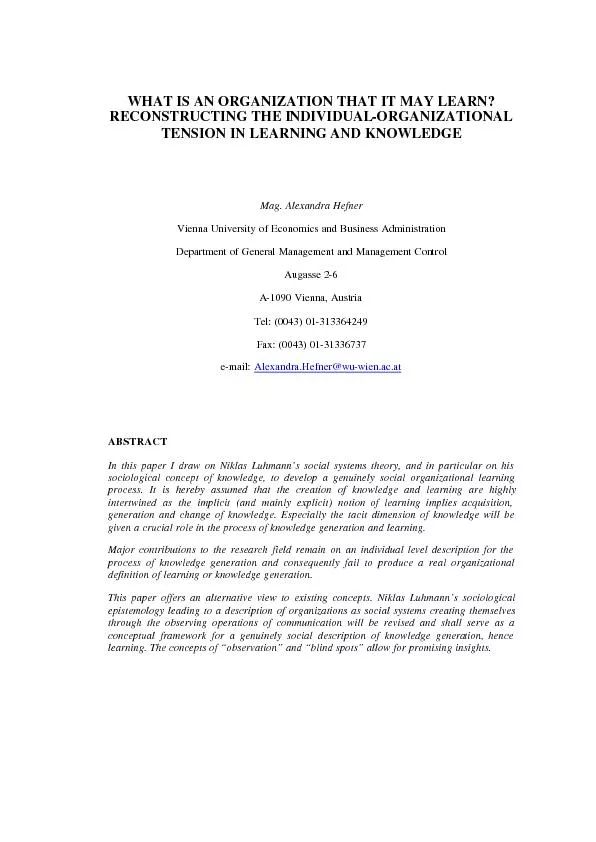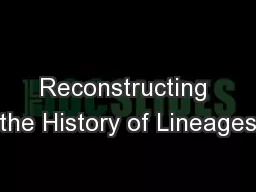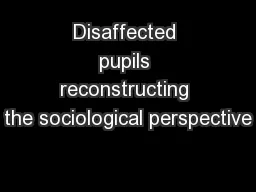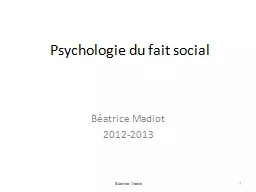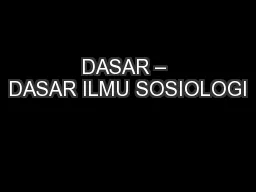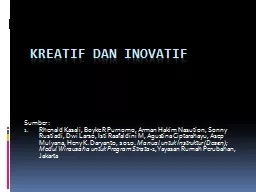PDF-WHAT IS AN ORGANIZATION THAT IT MAY LEARN? RECONSTRUCTING THE INDIVIDU
Author : sherrill-nordquist | Published Date : 2016-05-10
ABSTRACT In this paper I draw on Niklas Luhmann146s social systems theory and in particular on his sociological concept of knowledge to develop a genuinely social
Presentation Embed Code
Download Presentation
Download Presentation The PPT/PDF document "WHAT IS AN ORGANIZATION THAT IT MAY LEAR..." is the property of its rightful owner. Permission is granted to download and print the materials on this website for personal, non-commercial use only, and to display it on your personal computer provided you do not modify the materials and that you retain all copyright notices contained in the materials. By downloading content from our website, you accept the terms of this agreement.
WHAT IS AN ORGANIZATION THAT IT MAY LEARN? RECONSTRUCTING THE INDIVIDU: Transcript
Download Rules Of Document
"WHAT IS AN ORGANIZATION THAT IT MAY LEARN? RECONSTRUCTING THE INDIVIDU"The content belongs to its owner. You may download and print it for personal use, without modification, and keep all copyright notices. By downloading, you agree to these terms.
Related Documents

